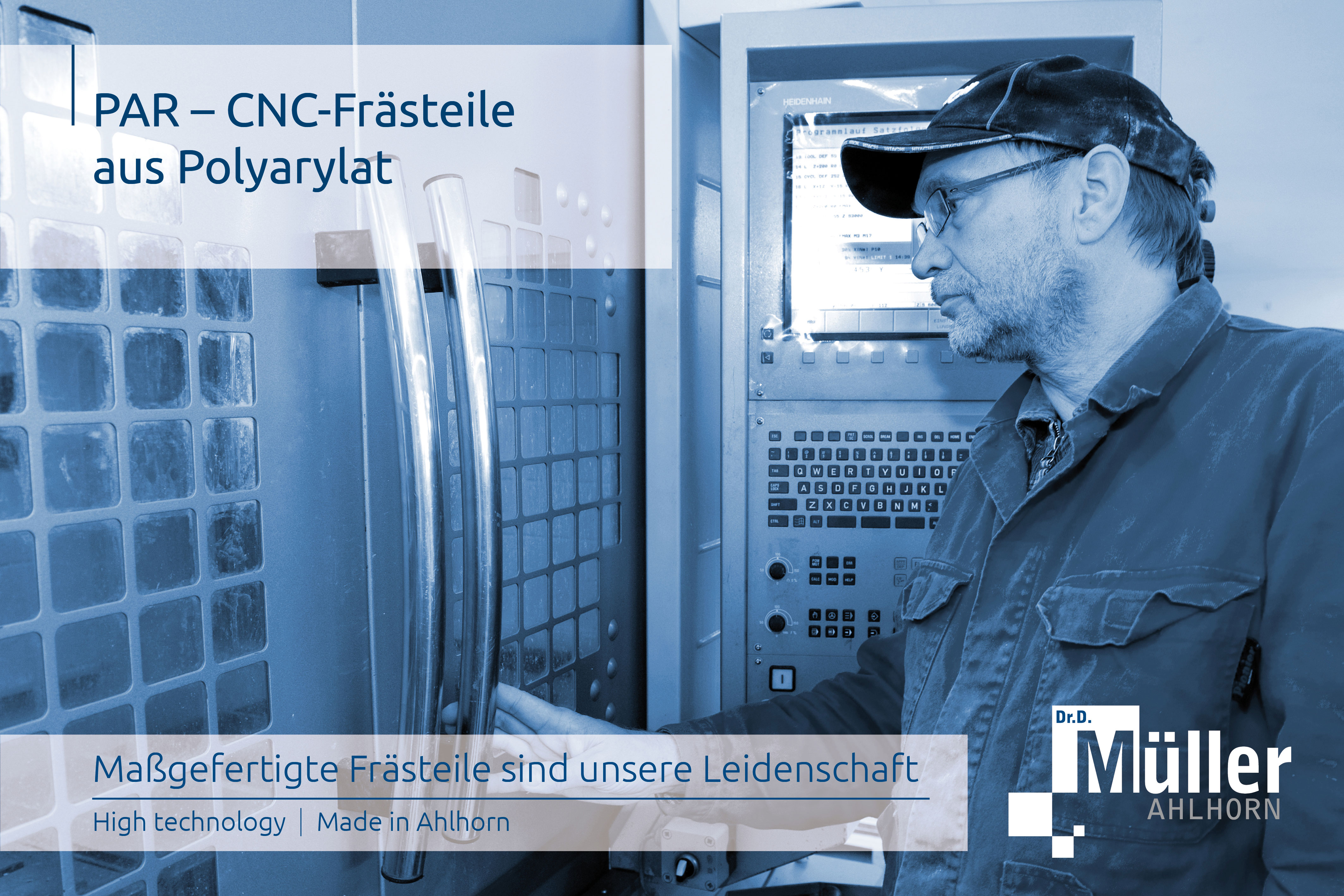Polyarylates (PAR) are aromatic polyesters made from diphenols and aromatic dicarboxylic acids or from aromatic hydroxycarboxylic acids. Tere- as well as isophthalic acid and bisphenola A are built up on PAR. PET and PBT as well as PC and PEC are chemically similar to polyarylates. For this reason, many of the properties they possess are identical, especially the electrical and chemical characteristics. The heat form constancy increases with an increasing proportion of aromatic benzene rings in the macromolecular series. PAR are polycondensates according to their structure.
Special properties of PAR
These aromatic polyesters denote amorphous thermoplastics of medium contrast. Sometimes the term polyarylates is also used as a collective term for aromatic polyesters (APE) and polyester carbonates. As aromatic polyesters, PAR are composed of one structural category, namely aromatic hydroxycarboxylic acids, or of two different structural categories, namely aromatic dicarboxylic acids and diphenols.
PARs are used at high temperatures. In terms of mechanical and thermal properties, PARs can be classified between polycarbonates and polysulfones. Resistance, rigidity and strength are significantly better than these properties of PC, especially at temperatures above 100 degrees Celsius. The hardness values are mostly quite high and down to -40 degrees Celsius, but somewhat lower than those of PC.
At times, polyarylates (PAR) can be used up to about 170 degrees Celsius. The thermal expansion is in the medium range. Polyarylates are transparent and have a yellowish color. The electrical data correspond to their polarity. Therefore, they are not suitable for use in the HF range.
The constancy against chemical liquids is almost identical to that of polyester carbonate. Exactly like polyester carbonates, polyarylates are sensitive to stress rupture. PARs are quite weather resistant. Without a UV absorber, however, they tend to yellow. They are difficult to ignite because they contain high amounts of aromatic groups.
The impact strength is similar to that of ABS with medium impact strength. All electrical and dielectric properties remain unchanged up to 150 degrees Celsius. The dielectric properties are also independent of the frequency. Moulding materials made of polyarylates are durable against alcohol, oils, fats, acids, fruit juices, etc.
Processing and application examples
Processing is mainly by injection moulding and extrusion. It must be completely dried before processing because it tends to absorb moisture and is susceptible to hydrolysis at temperatures above 290 degrees Celsius. PARs provide low-preference injection-moulded parts made to measure. The material is suitable for outdoor use as it is resistant to UV radiation.
Polyarylates can be used for gears, bearings, rollers, screws and sleeves in machine and vehicle construction. In electrical engineering, polyarylates are used for connectors, switching elements, coils, parts for power tools, moulded parts for microwaves, control panels for ovens. Other examples of applications include headlight and lamp reflectors, prostheses, hair dryer combs, insulating panels, control buttons, lamp covers, office machines, medicine bottles.
Polyarylates are also used for membranes for small loudspeakers and microphones, printed circuit boards, solar glazing, fire helmets and shields, UV-protective coatings, etc.
Polyarylates have no smell or taste and are therefore not harmful to health.
PAR is used in the plastic house as a film and is marketed under the brand name "Aryphan".
